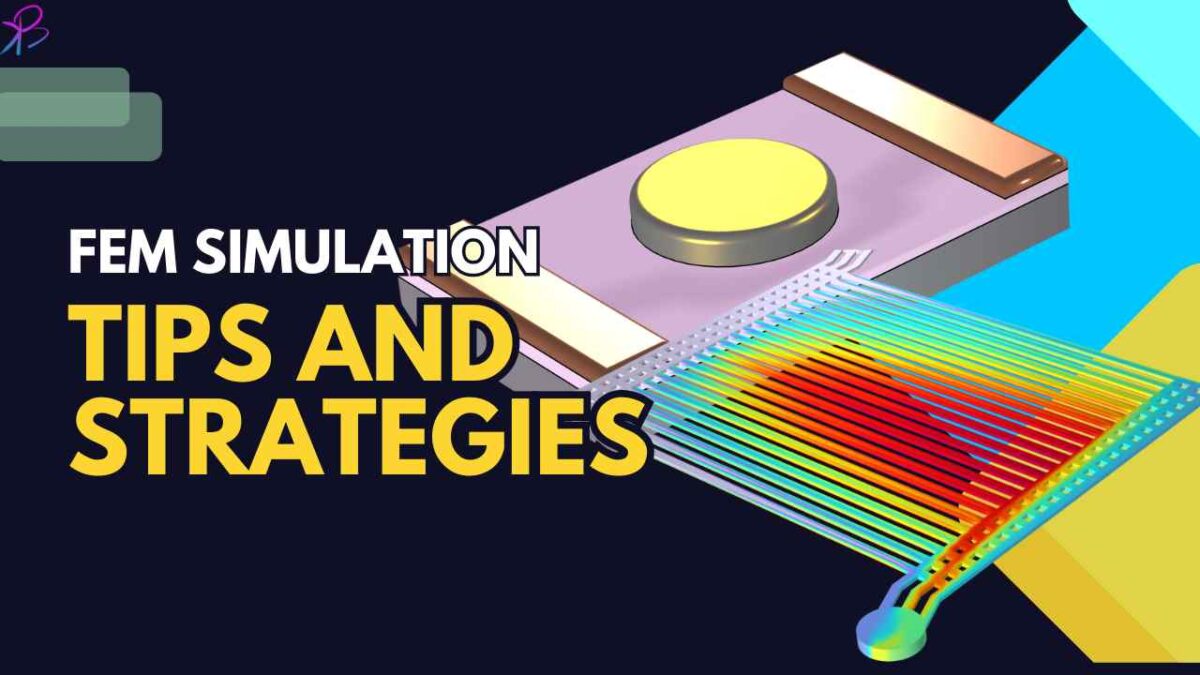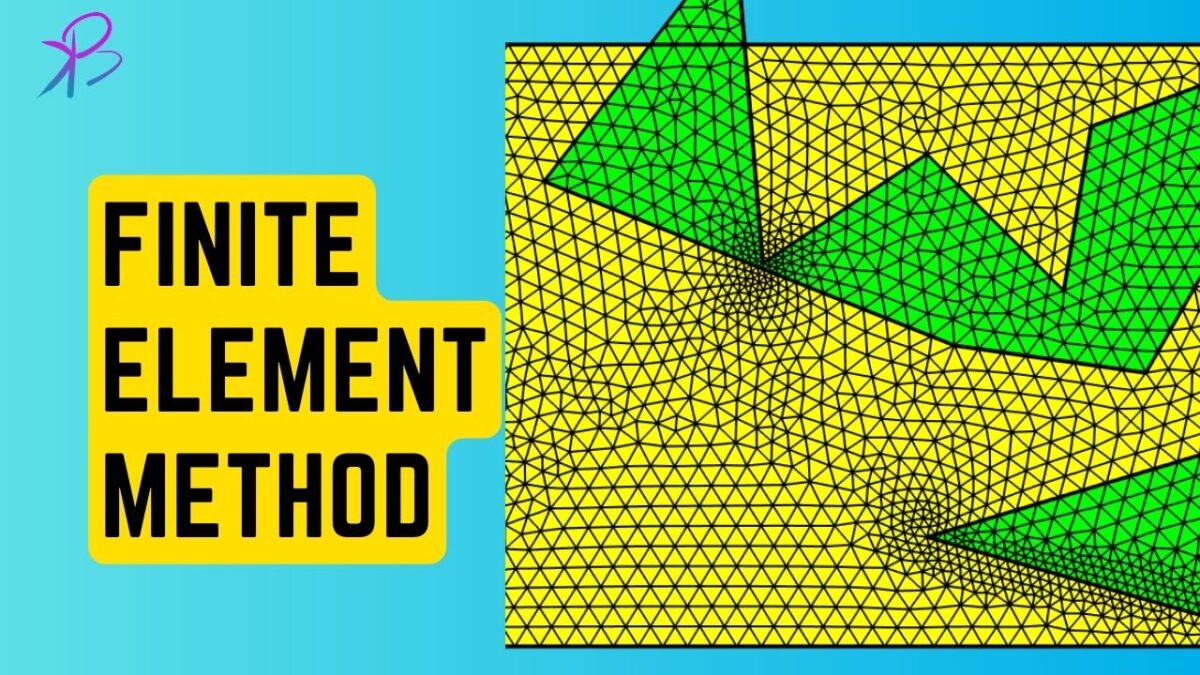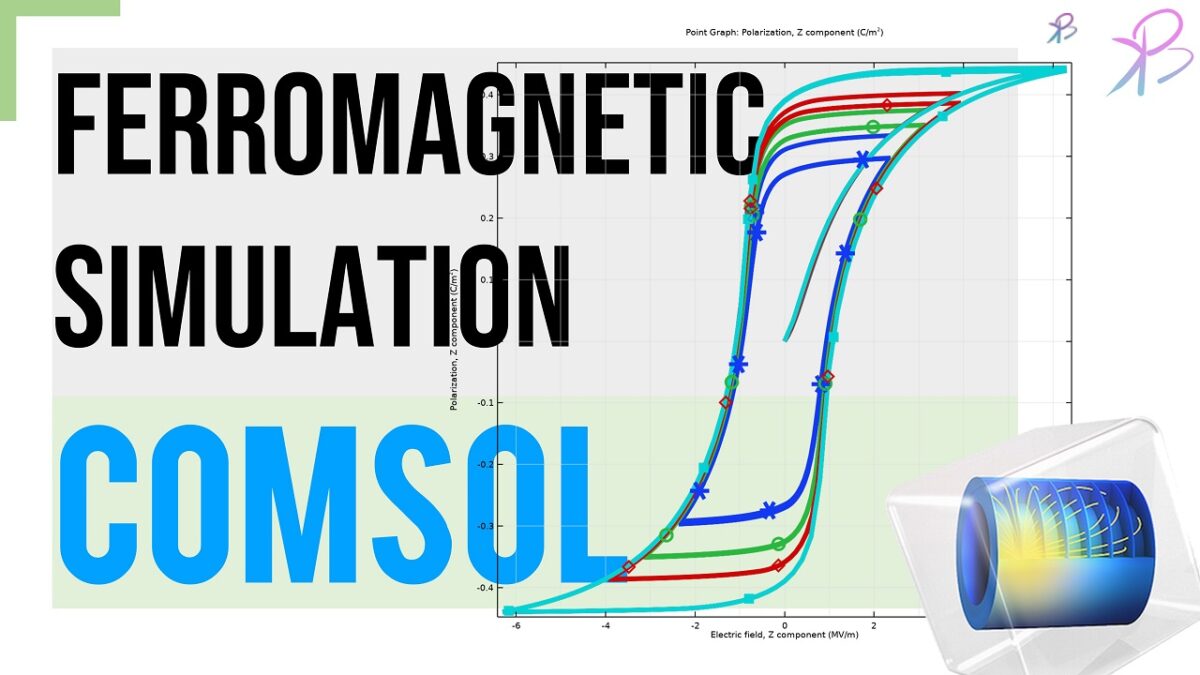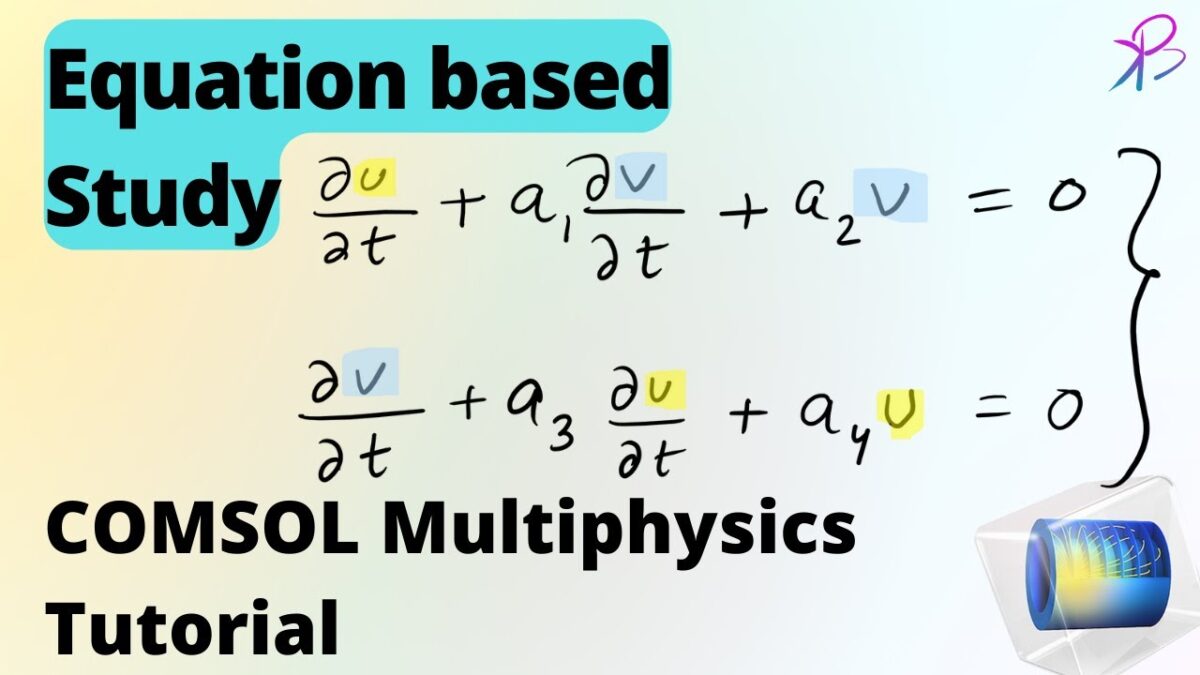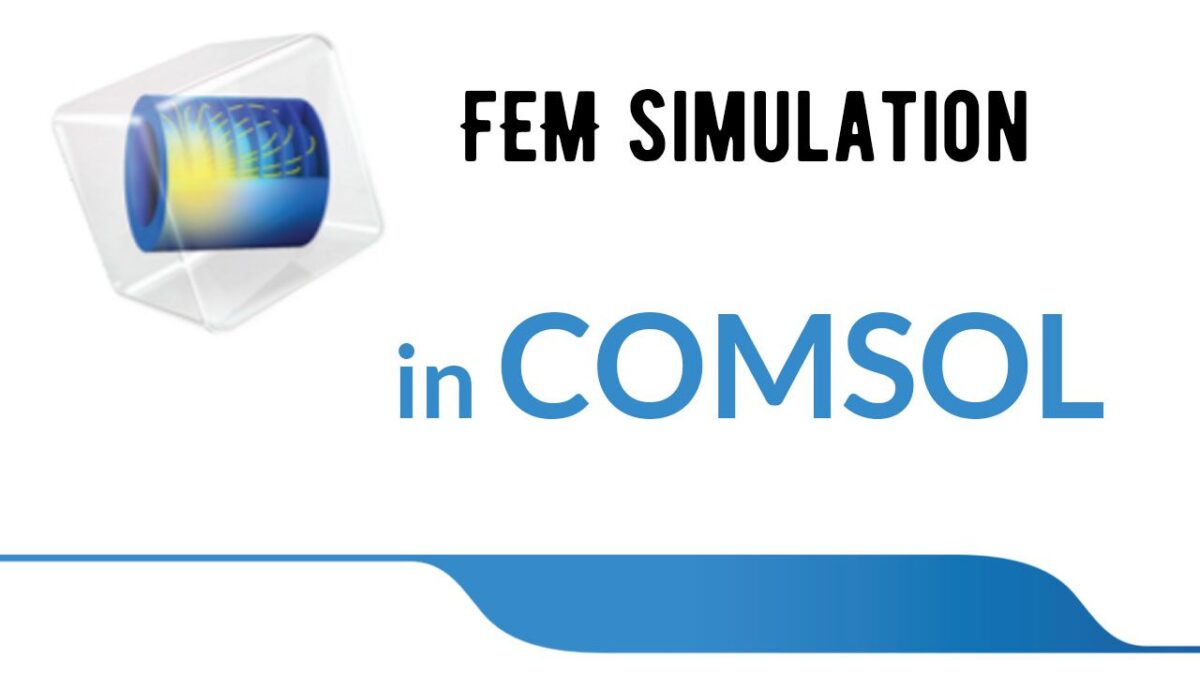Power of FEA Simulations – In the world of engineering, Finite Element Analysis (FEA) isn’t just about numbers and equations—it’s about the stories of innovation, problem-solving, and the relentless pursuit of improvement. Join us as we dive into ten fascinating tales where FEA simulations play the starring role in conquering real-world challenges.

